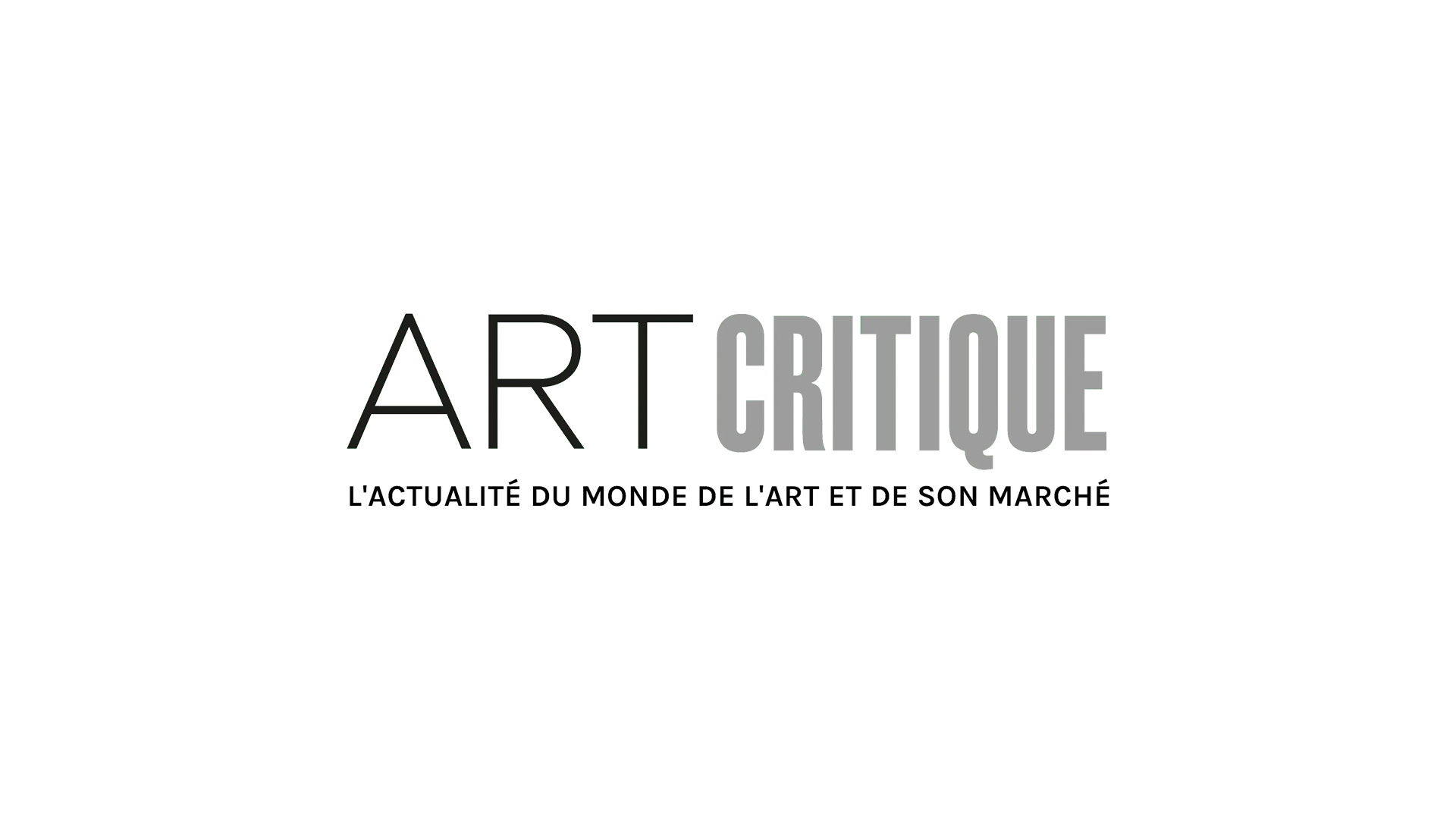The University of Pennsylvania’s Penn Museum has announced it will repatriate a number of crania that belonged to enslaved peoples. The skulls are part of a larger collection of more than 1,000 skulls that make up the Morton Cranial Collection, which has been held at the Penn Museum since 1966.
The collection of skulls was amassed by Samuel George Morton during the 1830s and 1840s. Morton, who was a physician, anatomy professor, and member of the Academy of Natural Sciences of Philadelphia, where he resided, is described by the museum as having been “broadly white supremacist.”

His research was largely focused on establishing that Europeans, particularly those of German and English ancestry, were superior in nearly every way to other races. In doing so, he established his collection of skulls as a tool to “prove” his assertions and they played a large role in developing, promoting, and justifying slavery and 19th century white supremist ideas. During his career, he even cast a series of skulls that were distributed to universities and medical schools. According to Christopher D.E. Willoughby, a scholar-in-residence in the Lapidus Center for the Historical Analysis of Transatlantic Slavery at the Schomburg Center for Research in Black Culture in New York City, this shaped “how physicians talked about blackness [sic].” Today, researchers have found significant faults in Morton’s research and his studies have been largely unaccepted by historical leading scholars, like Charles Darwin.
Since the Penn Museum acquired the collection in the 1960s, it has played a role in contemporary research into evolution, patterns of trauma, and other scientific endeavours. However, amid recent events, including the killing of George Floyd, Breonna Taylor, and other Black individuals, coupled with protests from students, the Penn Museum has put the Morton Cranial Collection into storage and is in the early stages of repatriating or reburying the skulls that belonged to enslaved peoples.

In total, 53 of the crania belonged to those who were enslaved in Cuba while two were found to be from enslaved Americans. These findings were brought to light last year by University of Pennsylvania students and presented at a symposium spearheaded by the Penn & Slavery Project. The Penn Museum only recently reopened after being shuttered for weeks during the pandemic but the Morton Cranial Collection will not be on view and will only be available to researchers.
In a statement available on the Penn Museum’s website devoted to the Morton Cranial Collection, the museum said that it “is actively working towards repatriation or reburial of the crania of enslaved individuals within this Collection. Given that not much is known about these individuals other than that they came to Morton from Cuba, we are committed to working through this important process with heritage community stakeholders in an ethical and respectful manner.”
The museum has stressed that they’re in the very early stages of repatriating and reburying the crania held in the collection but they will continue to provide information regarding this work of “enormous importance.”





